

The highest peak in New Hampshire’s White Mountain range, Mount Washington, is known as the home of the world’s worst weather. The extreme weather at the summit has been well-documented since 1932, thanks to the creation of the Mount Washington Observatory (MWOBS). MWOBS is a non-profit weather and climate research institution located on the summit of Mount Washington.
Observatory staff, like Charlie Buterbaugh, have experienced some of that weather firsthand. Charlie’s the Director of External Relations at MWOBS and is passionate about supporting the observatory’s climate science work. For Charlie, events, like their recent Seek the Peak fundraiser, is one way he can bring the daily work of the weather observers into the spotlight.
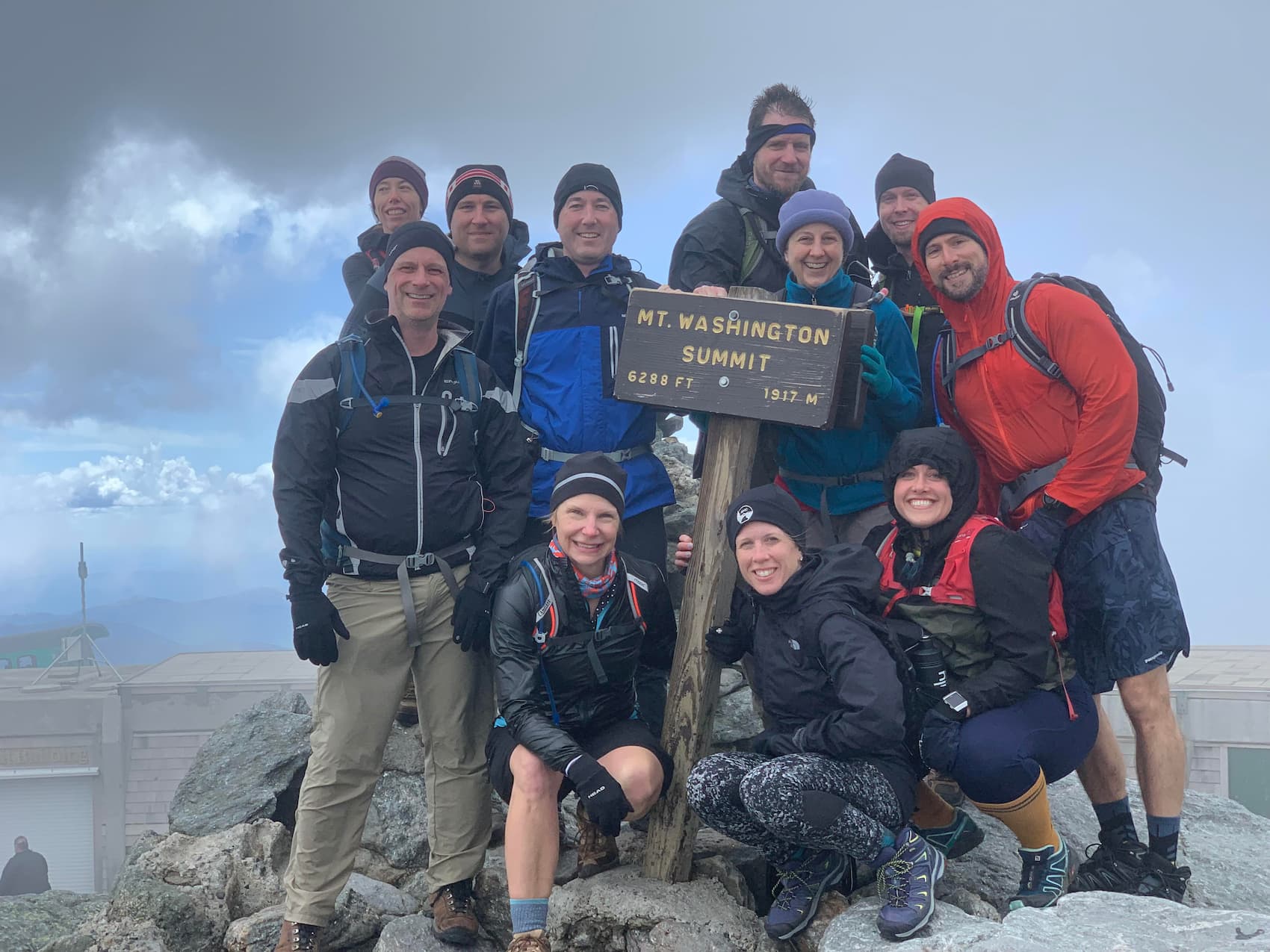
Research sites like MWOBS are pretty rare in the United States. Mount Washington observers work with colleagues at nearby observatories on Vermont’s Mt Mansfield and New York’s Whiteface Mountain. And, perhaps surprisingly, they partner with University of Delaware researchers. Independently and together, they’re collecting and analyzing long-term climate data, especially as storms move across the east coast.
“The mountains have this interesting mix of extreme weather based on several factors,” explains Charlie. “Major storm tracks meet this topography, which serves as a wedge that accelerates weather as it’s moving from the northwest and down into the White Mountains. The elevation of our high summits creates a compression effect, like pressing your thumb on the end of a garden hose.”
Within a half-day drive from Montreal, Boston, and New York City, the White Mountain National Forest is accessible for avid recreationalists and casual explorers. Year-round, the mountains are available for hiking, skiing, backpacking, and rock climbing, which makes accessing a reliable weather forecast essential.
“A lot of people come here to hike and might not be adequately prepared for what they will experience at higher summits,” Charlie said. The search and rescue community in the White Mountains also relies on weather data from MWOBS. “When an incident happens, and they’re gathering their gear, they check the weather before they make a final decision on when to head out on a rescue mission,” Charlie said.
Every year, roughly six million people visit the White Mountain National Forest. It’s one of the most popular forests in the country, thanks to its accessibility, magnificent vistas, and welcoming Appalachian Mountain Club huts. Yet, most of those visitors know very little about the work of the MWOBS and the value it provides to local communities and visitors.
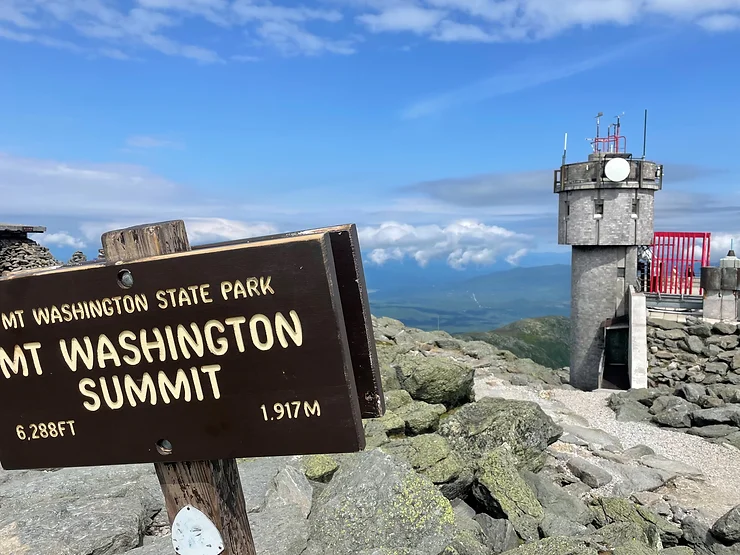
Operating a weather station on the summit – every day and in all seasons – is expensive. “Ensuring our observers can get back and forth to the summit safely can be tough. Our observers work Wednesday to Wednesday. Through the winter, we need a snowcat to shuttle observers up and down on shift change days.” But, Charlie believes the work MOWbs does is more valuable than the cost of operating the weather station. “Being able to continue our work and our 90-year data set – this detailed information over time is important to know how our climate is evolving.”
Not to mention the essential work Nimbus does 365 days a year!
For locals and visitors who want to explore higher elevations, MWOBS makes it easy to access weather information. “Higher summits forecast is published twice a day – am and pm,” Charlie said. “Live streaming weather cameras at the summit show real-time weather, and we launched a new text service where people can text “weather” or “forecast” to our main number and get an automated reply with a forecast summary.”
Guineafowl relies on MWOBS forecasting for every hike we guide. We never want to cancel a hike, but hiker safety is our first responsibility. Our guides check and double-check the higher summit reports before deciding if a hike must be canceled or rescheduled.
Making sure visitors know about the MWOBS facilities and services is under Charlie’s purview, and he’s looking forward to expanding access to more people in the coming year. “We’re planning exciting things in the education area – building opportunities for more field trips, after-school programs, and new initiatives to bring students from northern New Hampshire to the summit for field trips. I’m also eager to work with the cog railway to increase access to the summit and our weather station.”
Tours of the weather station are available for members only. The MWOBS is a member-supported nonprofit that relies on donations from individuals and foundations to continue its operation. Membership costs $60 per year or $5 per month. And members can schedule a tour throughout the summer by calling the weather station or visiting their website.
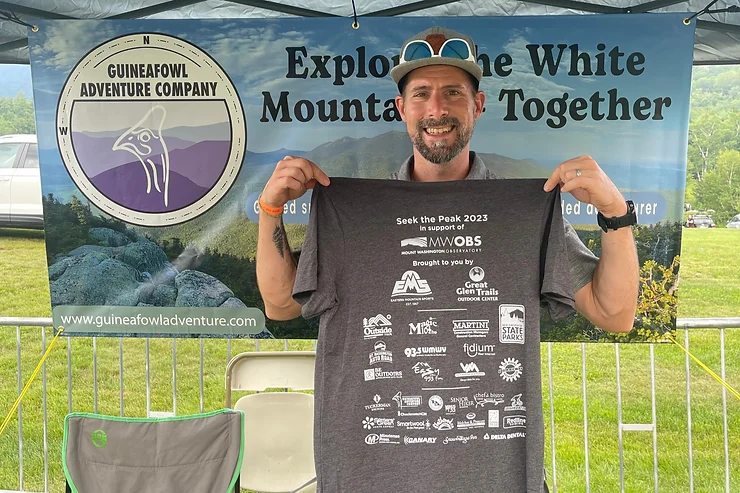
The Mount Washington Observatory recently hosted its 23rd annual Seek the Peak fundraiser. The event is the organization's largest fundraiser, raising funds to sustain its operating budget and expand educational and scientific programs.
“Participants have two options to participate: they may choose to participate in person and hike to the summit of Mount Washington, or virtually and seek their own peak wherever they live,” explains Charlie. Seek the Peak is MWOBS' largest fundraiser and is vital to helping them continue to grow and offer high-quality weather information, analysis, and educational programs.
Several local businesses, including Guineafowl Adventure Company, sponsored the event to make it possible. We were in great company, next to Great Glen Trails and Eastern Mountain Sports – a local trails organization and outdoor outfitter – who were the title sponsors of this year’s Seek the Peak.
Charlie quickly points out that the event is for all people of all ability levels – anyone can support the MWOBS work by registering to participate and setting out on their own adventure. “Nature walks at your favorite local park count,” Charlie said. But if hiking truly isn’t your thing, fear not. After the hike, MWOBS staff and other supporters gathered for a traditional celebration at the Apres Hike Party at the base of Mount Washington. Food trucks and local brews greeted supporters after their day on the mountain.
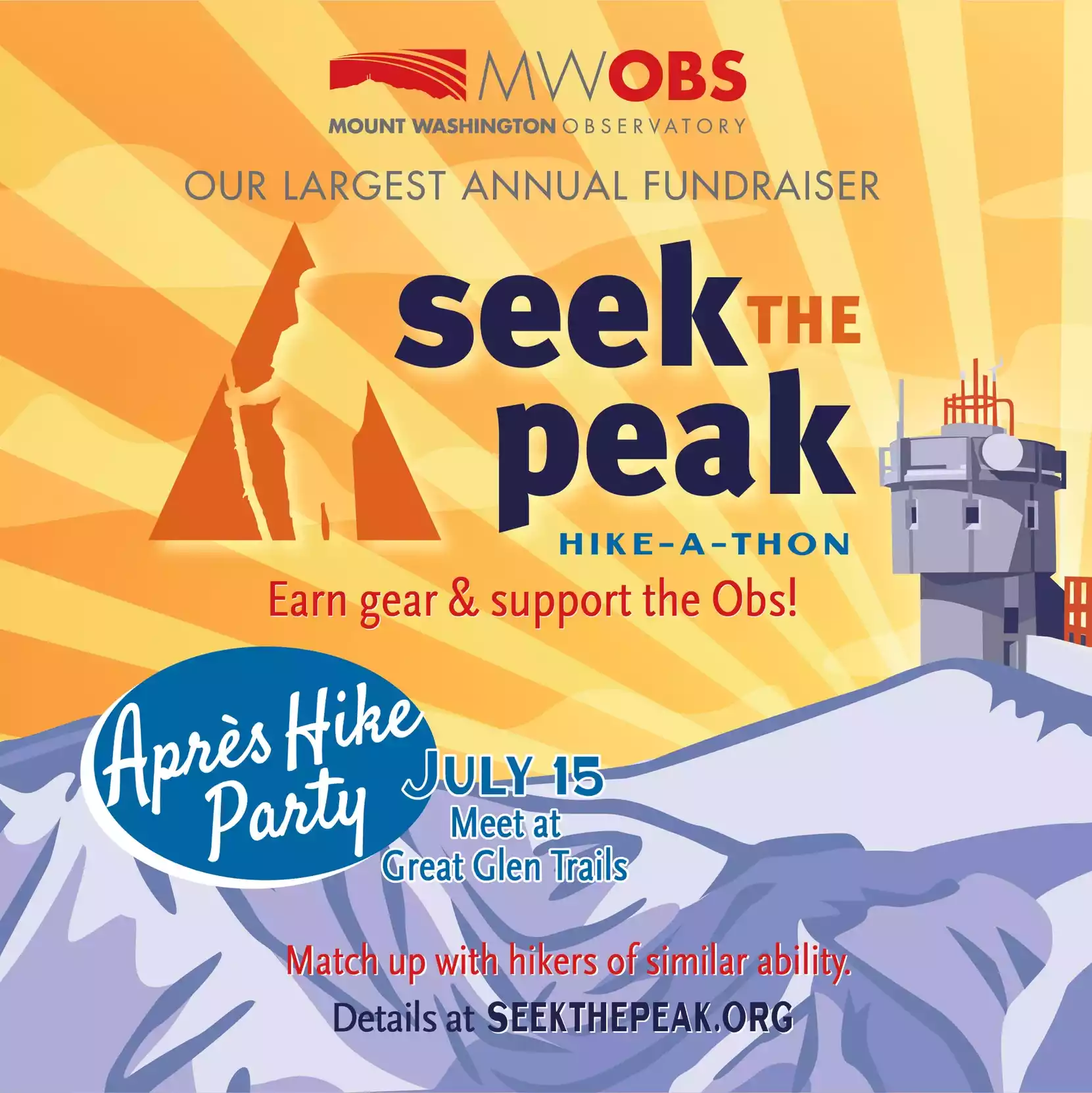
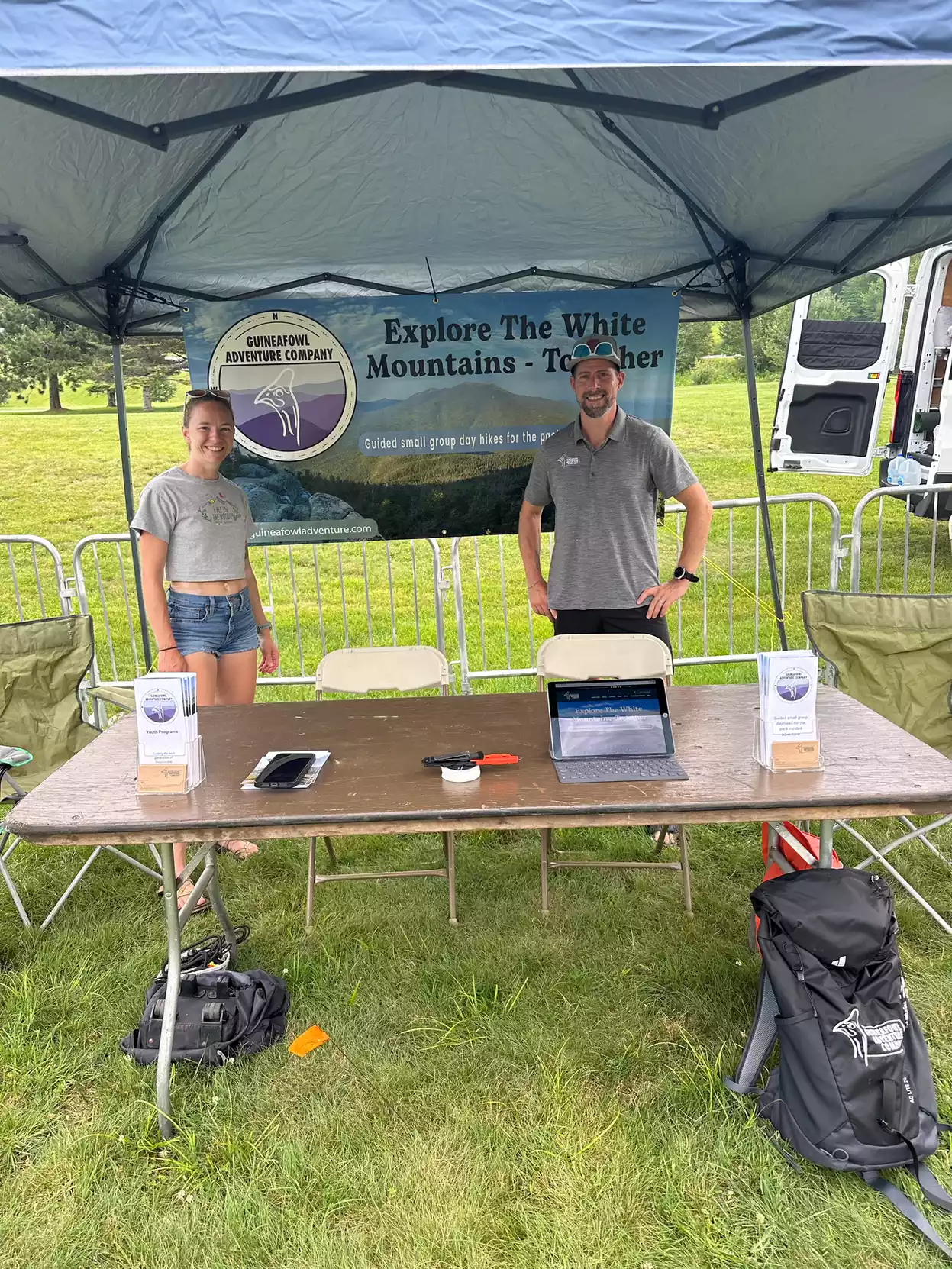
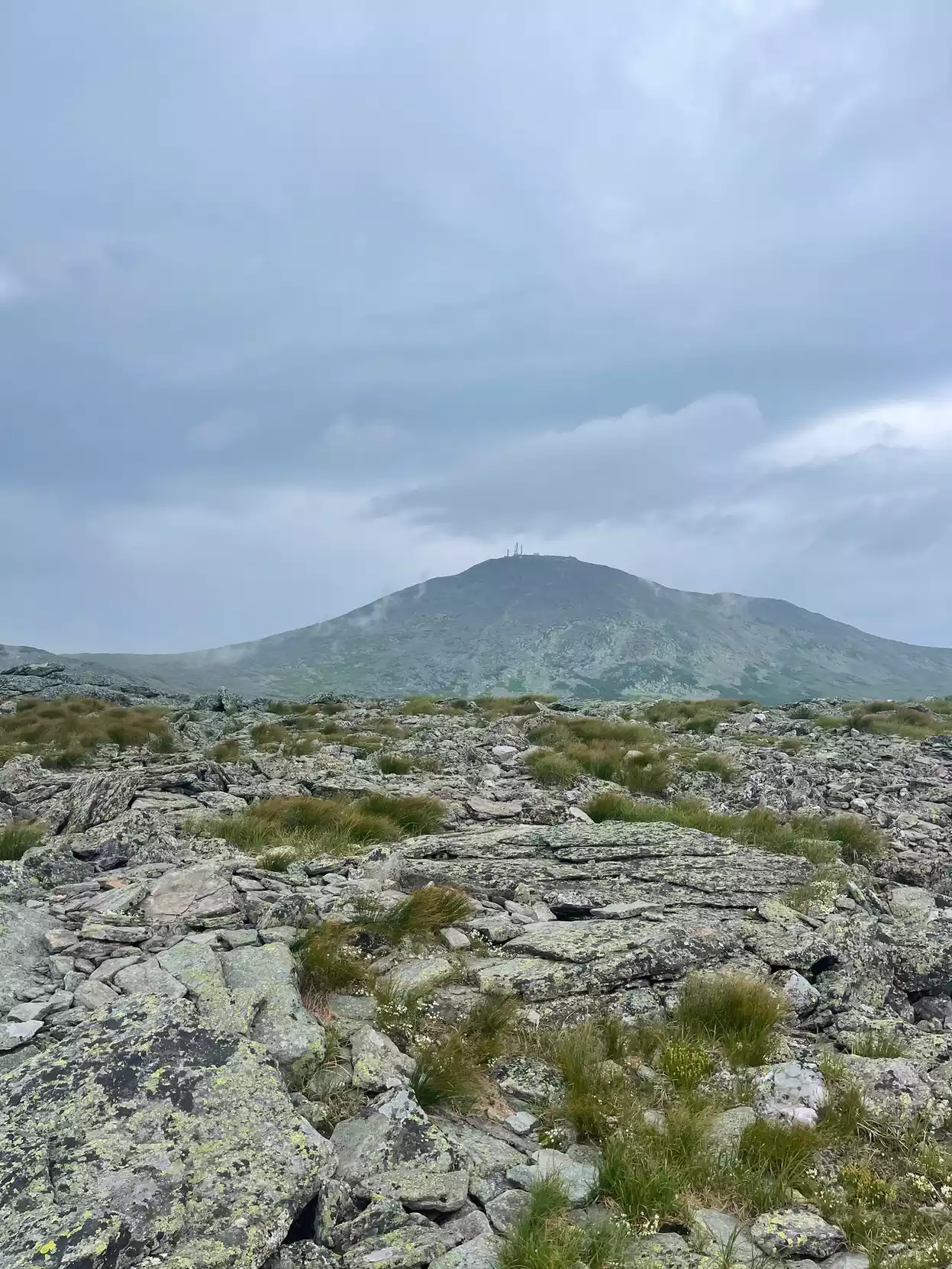

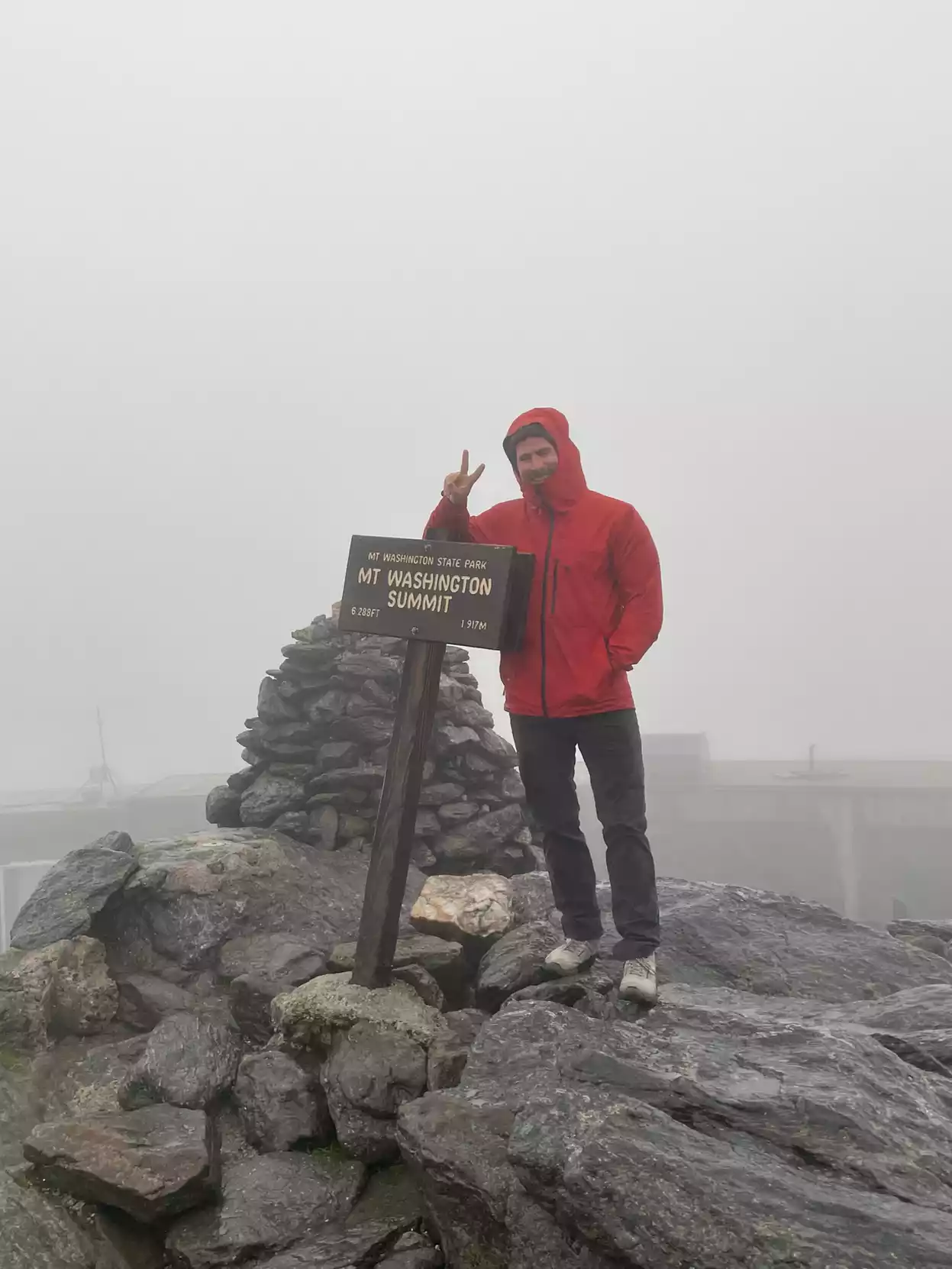

Guineafowl is ever thankful for the peace of mind the MWOBS provides to our guides and every hiker in the Whites. For more information about this year's Seek the Peak event and other ways to support the work of the Mount Washington Observatory, visit their website: www.mountwashington.org
Guineafowl Adventure Company provides full-service, turnkey guided day hikes in the White Mountains and beyond for people of all abilities and experience levels. We take care of all the planning and preparation for hiking and provide round-trip transportation from the Greater Boston area, day packs with hydration and snacks, safety and convenience items, and friendly, knowledgeable, and experienced guides to lead the way!
Guineafowl's mission is to remove the barriers and obstacles that keep people from exploring nature, so they can feel comfortable, safe, and relaxed while experiencing the physical and mental health benefits of hiking and connecting with nature.
Visit our website to schedule your guided hike or contact us to book a private excursion.